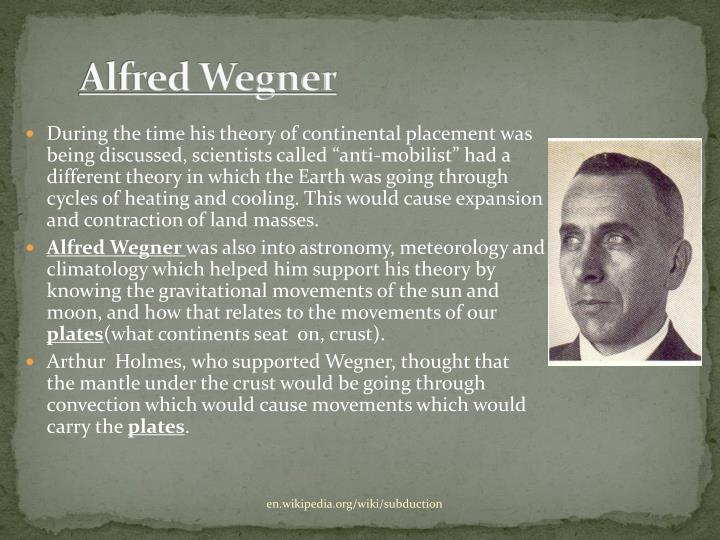
These discoveries were the missing mechanisms in Wegener’s initial continental drift theory.

In the 1950s and 1960s, however, the study of seismology and additional research on the ocean bottoms revealed mid-ocean ridges, evidence of the Earth’s changing magnetic field on the seafloor, and proof of seafloor spreading and mantle convection, leading to the justification of hypothesis of plate tectonics. Acceptance of Continental Drift Theoryįor a time, after Wegener died, the topic of continental drift died with him. Magnetic minerals aligned in ancient rocks on continents also indicated that the continents had changed around one another. Alternating patterns of magnetic anomalies on the ocean floor suggested seafloor spreading, which indicates the birth of new plate material. According to Encyclopedia Britannica, scientists found plate boundaries in the 1960s through magnetic surveys of the ocean floor and seismic listening networks constructed to monitor nuclear tests. Plate tectonics is a sort of modern-day version of continental drift. For example, when geophysicists realised that continental rocks were too light to sink to the ocean floor, prominent palaeontologists incorrectly concluded that fossil similarities had been exaggerated. Researchers debated land bridges until the 1950s and 1970s, when the plate tectonics theory was devised. To explain the similar fossils found in continents like South America and Africa, scientists cited ancient land bridges that had since sunk beneath the sea. They believed Earth’s amazing mountains were formed as a result of the planet’s cooling and shrinking since its inception. Many geologists debunked Wegener when he suggested the continental drift theory. Later, scientists ultimately explained the phenomenon as plate tectonics – the hypothesis that the Earth’s crust is broken into plates that move over a rocky inner layer called the mantle. Why Did Scientists Disbelieve Wegener’s Theory of Continental Drift?Īfter Wegener revealed the details of his continental drift theory in a 1915 book called “The Origin of Continents and Oceans.†Part of the criticism stemmed from the lack of a clear model in Wegener’s theory for explaining how continents migrated. Because this had not happened, Wegener concluded that the only plausible explanation was that the continents had been connected and had since drifted apart. Wegener, on the other hand, contradicted this hypothesis, claiming that continents were composed of a less dense rock than the deep-sea floor, and so would have risen to the surface once the weighing force had been lifted. A popular explanation for the existence of fossils in different places is that there was once a network of land bridges connecting the continents that sank into the sea when the Earth cooled and contracted. Furthermore, because he was making transdisciplinary observations, even more scientists criticised his hypothesis.Īlternative hypotheses to Wegener’s continental drift theory were also proposed.


For one thing, he wasn’t an expert in the field of science in which he was presenting a hypothesis, and his radical thought contradicted widely held beliefs at the time. It drew a lot of criticism for a variety of reasons. Opposition to Continental Drift Theoryįor those who don’t know, the continental drift theory was proposed by Wegener. Let’s understand what continental drift theory is in detail. Some of Wegener’s theories, which are now part of the generally recognised theory of plate tectonics, were confirmed by scientists decades later. Alfred Wegener, a geophysicist and meteorologist, proposed the hypothesis in 1912, but it was dismissed by the conventional science of the time. Continental drift was a groundbreaking hypothesis that explained how continents move over the Earth’s surface.


 0 kommentar(er)
0 kommentar(er)
